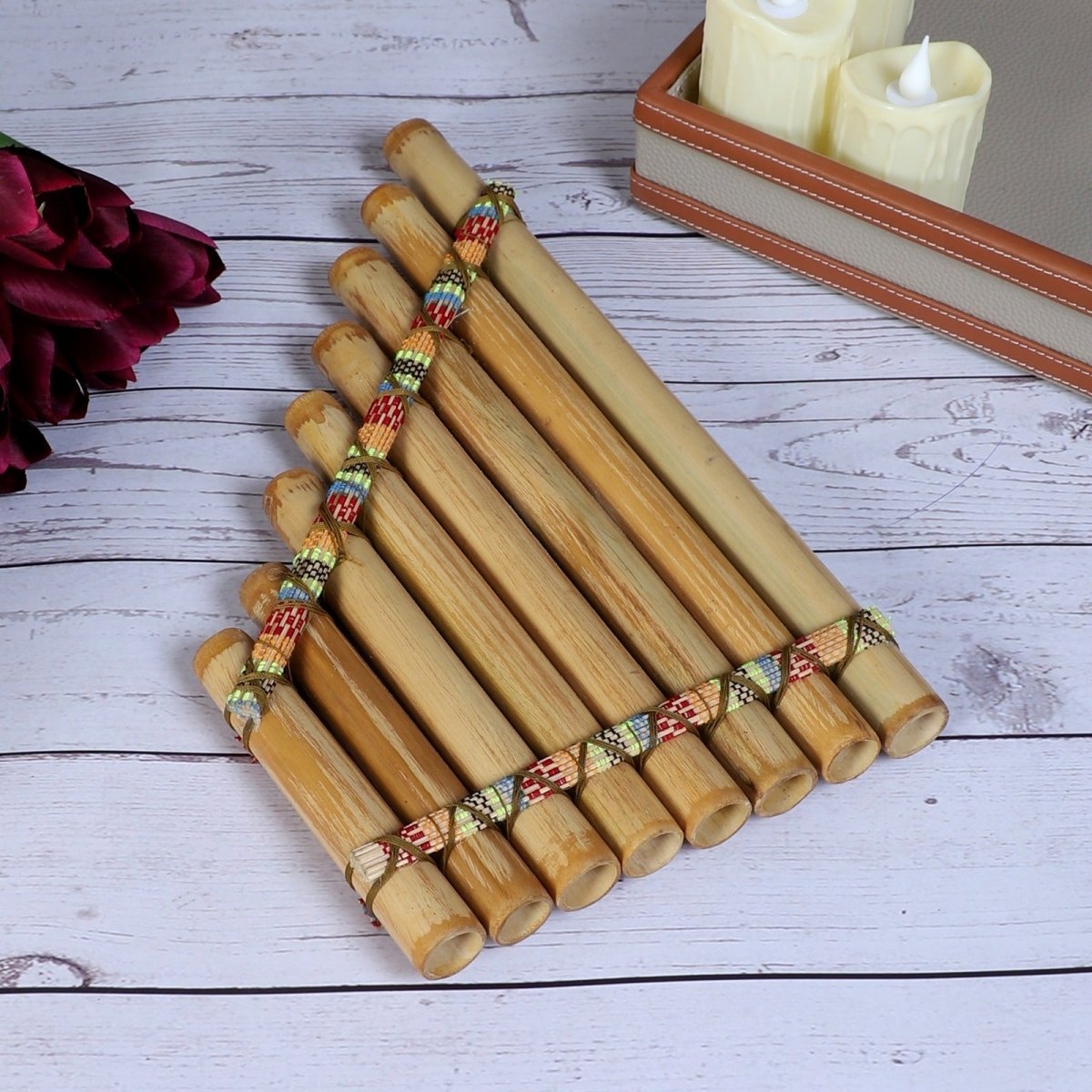Millions worldwide observe Good Friday, a day of great meaning. It is the day Jesus Christ was crucified. The day before Easter Sunday, this sacred day is the final day of 40 days of reflection, prayer, and fasting for Christians, known as Lent. Good Friday, with its sombre tone, calls believers to meditate on themes of sacrifice, redemption and unconditional love.
The customs of observance of Good Friday are believed to date from the earliest centuries of Christianity. Knowing its history you understand how this day has become an integral part of faith for believers. Good Friday traditions have, in addition, helped to define the cultural and spiritual remembrances of different communities; this day has, therefore, become one of commemoration.
A Historical Overview of Good Friday
Good Friday is rooted in the Gospels, which tell the story of the lead-up to and including the crucifixion of Jesus Christ at Calvary. This day is traditionally believed to have taken place during the Passover season, sometime between 30–33 CE.
The Passion of Christ was observed by early Christians as a single event that included the Last Supper, Crucifixion, and Resurrection. But by the fourth century, these events began to be kept distinctly on separate days, so that the liturgical calendar made Good Friday a day for mourning and reverence.
The name 'Good Friday' seems paradoxical, given that the day is associated with sorrow and suffering. But in this sense, the term 'good' is from an older meaning of the word, meaning 'holy' or 'pious.' In German ("Karfreitag") and Spanish ("Viernes Santo"), the day is called Holy Friday, highlighting its sacredness.
Traditions on Good Friday varied over time among various denominations and cultures, but all were focused on Christ’s sacrifice. This day signifies serious practices like solemn church services or acts of penance. Hence, these practices signify the day’s importance.
Good Friday Traditions Across the World
Good Friday traditions remind us of the importance of the day. The practices are very much influenced by regional and cultural factors. In Western culture, this day is often remembered with sombre church services, the reading of the Passion narrative, veneration of the Cross and prayer of intercession.
In different countries, Good Friday is observed through processions that depict the Stations of the Cross. These processions follow the path of Jesus to Calvary and enable one to meditate. For example, in the Philippines, the believers do some penance, maybe flogging or crucifying themselves.
The Eastern Orthodox Christians also celebrate Good Friday with equally significant ceremonies. Burial of Christ is depicted in pictures and icons and hymns and chants are sung. Blessings for forgiveness and rebirth are asked and the “Epitaphios” (a piece of cloth decorated with gold and embroidered to represent the burial cloth of Christ) is then taken in a procession.
These rituals, although distinct, share a common thread: They pay homage to the self-giving love of Good Friday. The article also focuses on the human capability to devote and different types of beliefs in different cultures.
Reflecting on the Modern Relevance of Good Friday
Good Friday is an important reminder in today’s speedy world in the midst of wealth that spiritual things of real importance still count. The day of course has religious significance, but it is also a call to be introspective and grateful— to take the opportunity to step away from the distractions of modern life and reconnect with yourself.
We all know Good Friday also resonates with much broader human experiences of loss, resilience, and hope. But suffering and sacrifice remind us that, painful as they are, they often result in redemption and transformation. In whatever faith or philosophy, this message is relevant and today is one of universal reflection.
It is interesting that the values that Good Friday underscores—sacrifice, compassion, mindfulness—fit so well with contemporary movements toward sustainability and mindful living. The stewardship inherent in many of the world's spiritual traditions calls us to practice care for creation and to make choices that help people and the planet.
Embracing Sustainability in Good Friday Celebration
While people observe Good Friday traditions, it can also be a good time to bring in sustainable practices into the celebration. Simple, eco-friendly activities like reducing energy use, avoiding waste, or donating to a charitable cause are all ways to opt for the humility and selflessness the day represents.
However, purchasing sustainable products for anything commemoratory or your own needs makes that commitment even stronger. From using biodegradable candles over candles burned during a vigil to wearing clothing that’s ethically sourced, these conscious decisions not only celebrate the good feeling of being a part of Good Friday but also ensure that going green is followed.
Conclusion
In addition to being a day of spiritual reflection, Good Friday is a day to align one’s actions with values of compassion, sacrifice and sustainability. It’s possible to carry the spirit of this Good Friday by living mindful practices and important choices for the good of someone else every day.
If you’re looking for eco-conscious solutions, Brown Living has a carefully chosen selection of sustainable products that reflect these principles. Brown Living offers ethically sourced materials and zero-waste essentials that align with a lifestyle of mindful living. On reflection of Good Friday, consider looking into sustainable choices that reflect your faith as well as the planet.
















































Share:
Love your Pet Day: Pet Safety Tips for Celebrations and Everyday Life
Creative Ways to Teach Children About the Importance of Good Friday